PYGMALION KARATZAS | ANICCA & LIMINALITY Minimalist Scapes
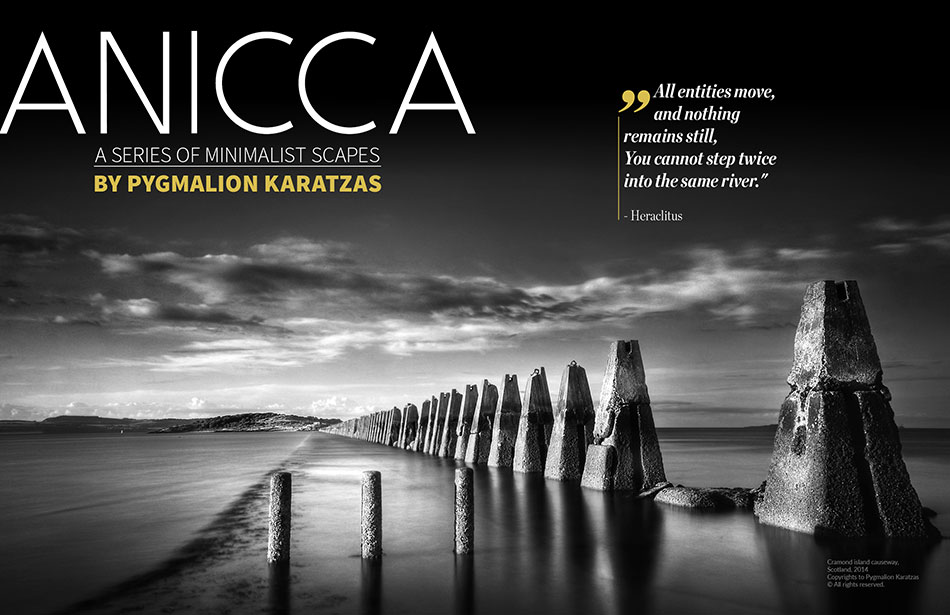
All entities move, and nothing remains still, You cannot step twice into the same river.” – Heraclitus
‘Anicca’
‘Anicca’ is the Buddhist notion that all of existence is in a constant state of flux and impermanence. Anicca, ‘Anatta’ (the absence of an abiding self), and ‘Dukkha’ (suffering) together make up the three essential characteristics of all phenomenal existence, according to this doctrine.
Mental events come into being and dissolve. Recognition of the fact that anicca characterizes everything is one of the first steps in the Buddhist’s spiritual progress towards enlightenment.
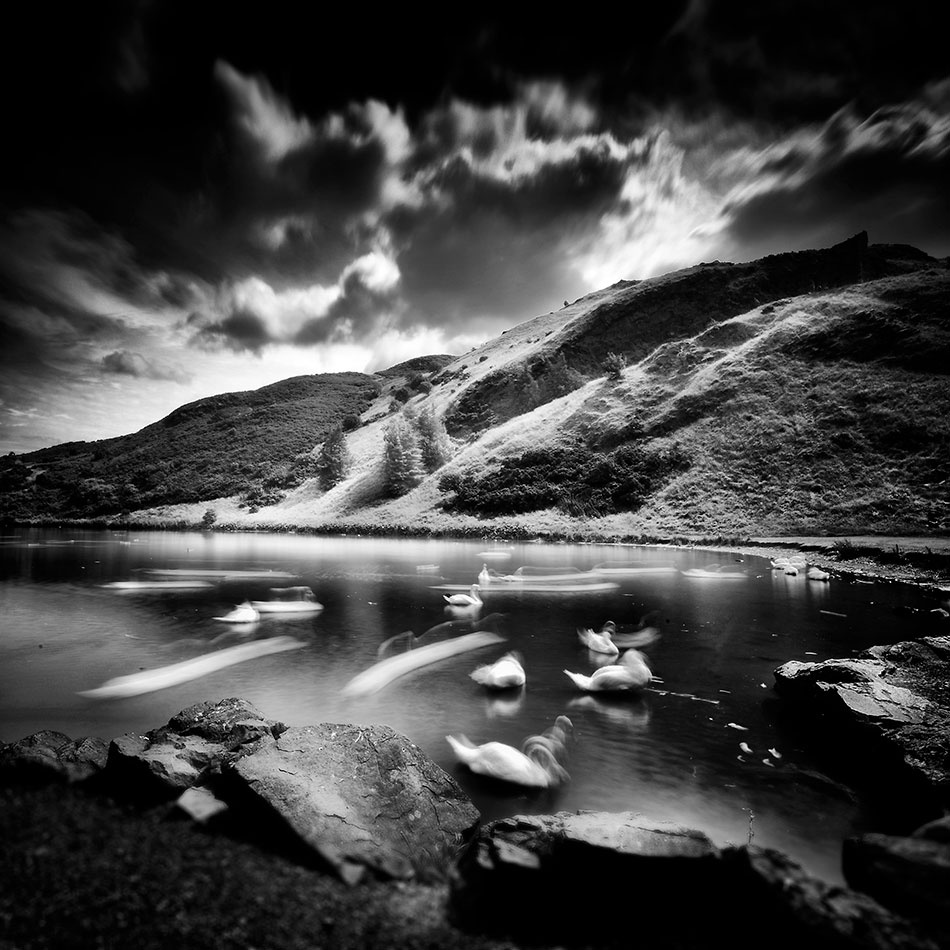
Copyrights to Pygmalion Karatzas © All rights reserved.
Long exposure and minimalist photography is a fitting and creative way to contemplate on this existential condition that can be both suffering and liberating.
Anywhere we turn our camera/attention at – landscapes, waterscapes, cityscapes, terrain vague, urban/rural life – becomes a canvas of cultivated awareness, sometimes joyfully ecstatic, others overwhelmingly tragic, but guiding us to move forward with never-ending integrality; always partial, already whole.

Copyrights to Pygmalion Karatzas © All rights reserved.
This on-going project started in 2011, inspired by fine art photographers David Burdeny, Michael Kenna, Irene Kung, Michael Massaia, among others. Having studied and practiced various meditative techniques in the past, the role of the ‘still point’ in the creative process, and the Zen aesthetic is concepts I tried to integrate into this series. To be still is to create a state of consciousness that is open and receptive. Single-pointedness of mind builds concentration and taps into our physical, mental, and emotional reserves and opens our spiritual capacities.
We become more directly aware of the world, cultivating a mindful state of being that ideally is transmitted into our work and resonates that state to the viewer.
During my travels, either for commissioned assignments or personal projects in Greece, Europe, Middle East, and the USA,
I look for scapes and moments with a strong presence that is at the same time flitting.
Sometimes the process is fast (a quick stop at the side of the highway); other times, it’s slow (experimenting with different neutral density filters and exposures, waiting for the clouds or fog); sometimes, the elements align effortlessly, other times with persistence and resolve.
From locations I have visited many times to unfamiliar places I connect with for a brief moment, we can find what they refer to Zen as ‘the beginner’s mind,’ a fresh look as if we just witnessed the wonders of this world.
When we momentarily drop all we know and the anxiety of the unknown, we can rest in the unifying consciousness that ultimately all is one.
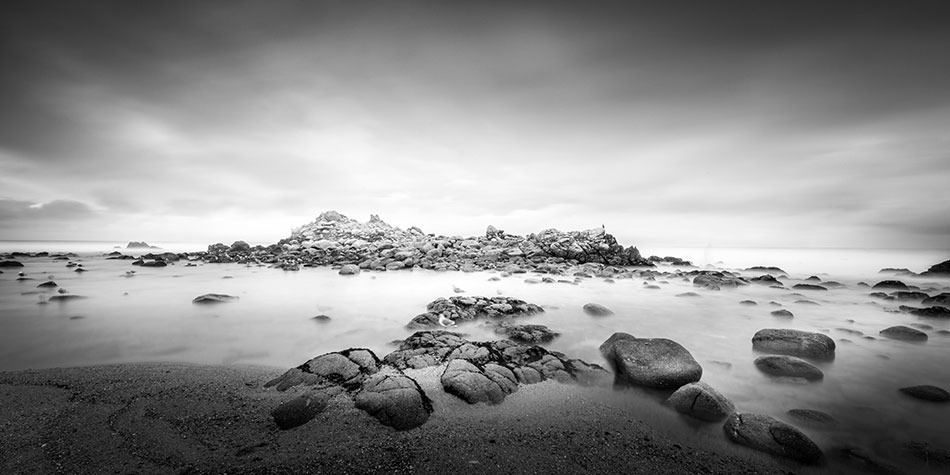
‘Liminality’
‘Liminality’ series was taken during the ‘Integral Lens’ 5-month photographic journey in the United States sponsored by the Fulbright Artist Scholarship for a multi-perspectival study of architectural photography.
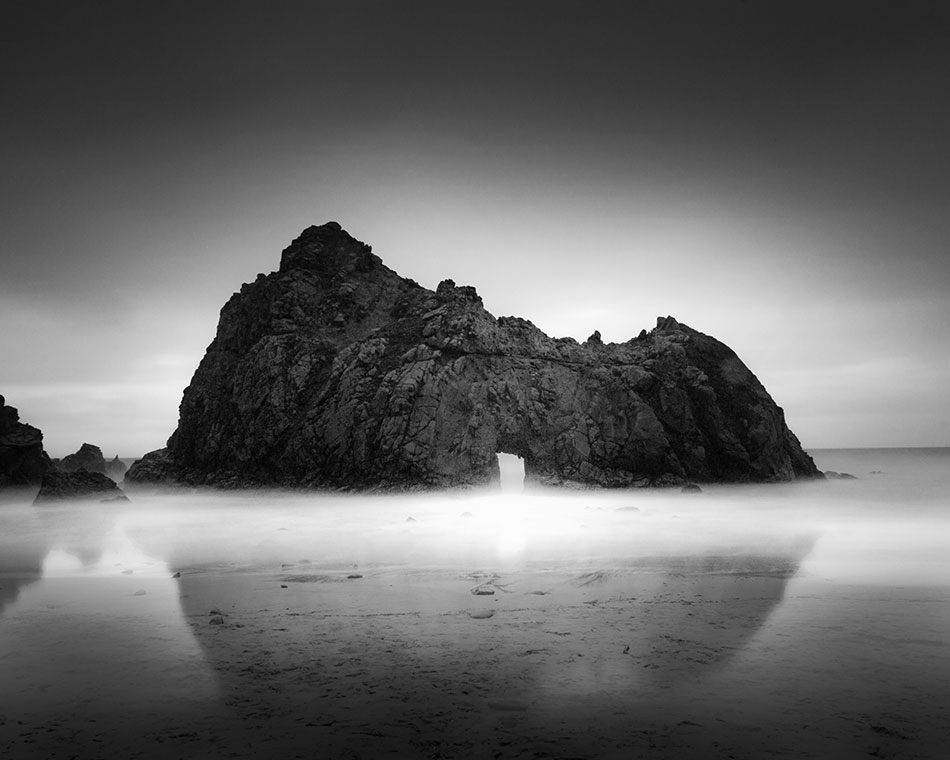
Copyrights to Pygmalion Karatzas © All rights reserved.
A companion to the award-winning series’ AQAL Views’, the series continues the exploration of the edge conditions of coastlines in urban and suburban locations. The title is a reference to the anthropological quality of ambiguity studied in rituals where participants are in a threshold consciousness state between their previous way of structuring identity and the new one that will emerge when the rite is complete.
The extended exposure technique incorporates the passage of time and suspends the ambiguity of our ephemeral interpretations. The minimalist and Zen-like aesthetic is meant to be the unifying underscore in the otherwise diverse exterior and interior conditions and subjects.
Pygmalion Karatzas
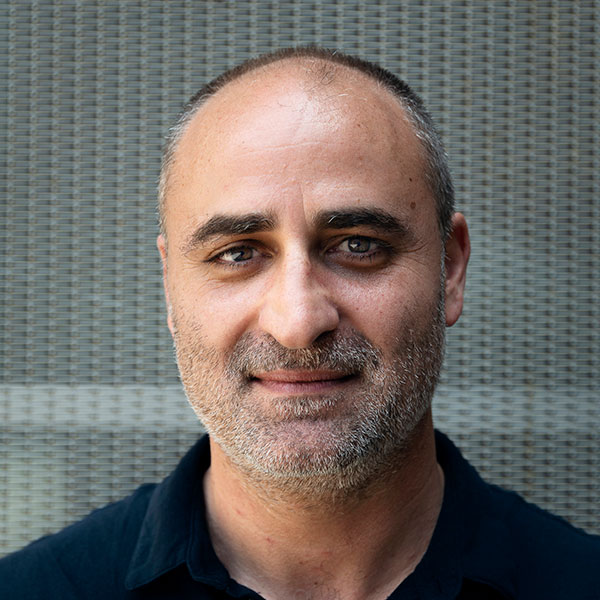
Pygmalion Karatzas studied Architecture at the Technical University of Budapest (1991-95), Urban Design at Heriot-Watt University in Edinburgh (1995-97), and practiced architecture for 12 years.
In 2006 he participated in the first ‘Ecovillage Design Education’ training-of-trainers course in Findhorn organized by the Global Ecovillage Network and endorsed by the United Nations Institute for Training and Research.
Since 2013 he is focusing systematically on architectural and fine art photography,
producing a portfolio of 250+ architectural, commercial, and artistic projects from Europe, USA, and the Middle East.

Copyrights to Pygmalion Karatzas © All rights reserved.
His images are regularly featured in Greek and international media, have received 74 distinctions from leading global photographic competitions and the prestigious Fulbright Artist Scholarship award 2015-2016, and are part of private and public collections.
Since 2014 he is the photo editor for the Danish Architecture Center and a contributing photographer to Arcaid Images London, iStock Getty Images, and Adobe Stock.
Divisare Atlas of Architecture ranks him among the top 100 architectural photographers worldwide.
He has participated in exhibitions and fundraising in Greece, Italy, France, UK, and USA and produced ten book collections, with the ‘Integral Lens’ book receiving 3rd place at the PX3 Prix de la Photographie Paris 2018 and shortlisted at the Trieste Photo Days Book Award.
‘Nortigo – architectural abstractions’ received 2nd place at the Moscow International Foto Awards 2019.
In affiliation with the University of Tennessee Knoxville and professor Mark DeKay, their paper on a multi-perspectival approach to architectural photography was presented at the 3rd Integral European Conference; at the 5th Trieste Photo Days Festival and in 2019 became part of an academic mini-term / traveling workshop curriculum.
Through photojournalistic reportages, collaborations with architectural firms, businesses, and organizations, as well as self-initiated projects, he exhibits his passion and dedication to the study, representation, and dissemination of the built environment and its broader role as a cultural asset.

